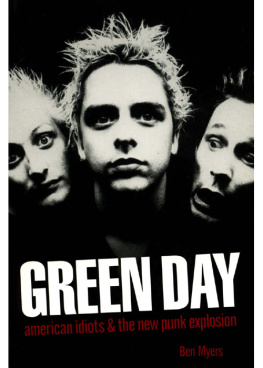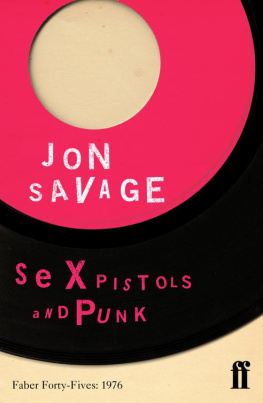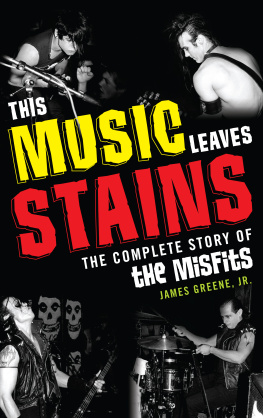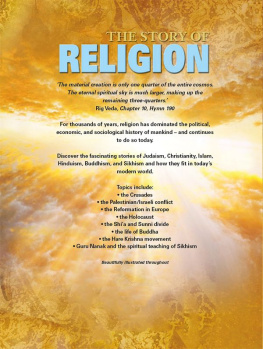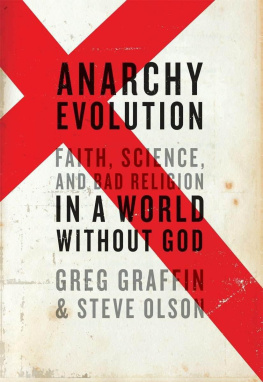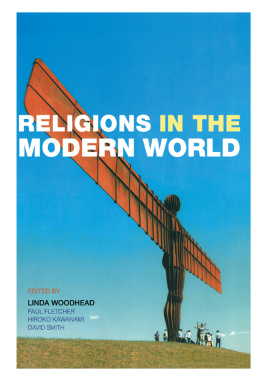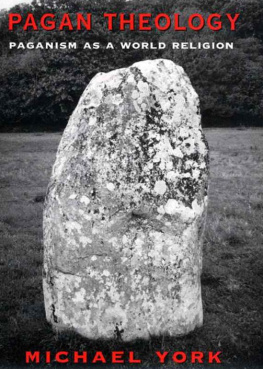Jacket copyright 2020 by Hachette Book Group, Inc.
Hachette Book Group supports the right to free expression and the value of copyright. The purpose of copyright is to encourage writers and artists to produce the creative works that enrich our culture.
The scanning, uploading, and distribution of this book without permission is a theft of the authors intellectual property. If you would like permission to use material from the book (other than for review purposes), please contact permissions@hbgusa.com. Thank you for your support of the authors rights.
Published by Hachette Books, an imprint of Perseus Books, LLC, a subsidiary of Hachette Book Group, Inc. The Hachette Books name and logo is a trademark of the Hachette Book Group.
The publisher is not responsible for websites (or their content) that are not owned by the publisher.
The Hachette Speakers Bureau provides a wide range of authors for speaking events. To find out more, go to www.hachettespeakersbureau.com or call (866) 376-6591.
Library of Congress Cataloging-in-Publication Data has been applied for.
ISBNs: 978-0-306-92222-0 (hardcover); 978-0-306-92473-6 (signed edition); 978-0-306-92472-9 (BN.com signed edition); 978-0-306-92224-4 (e-book)
T HIS ISNT ART, THIS IS SUICIDE!
These words, snarled into a mic in a sweltering garage by Greg Graffin, Bad Religions fifteen-year-old singer, were the first the band recorded. The song Sensory Overload was written by seventeen-year-old Brett Gurewitz while he and Greg were students at El Camino Real High School in Woodland Hills, California. The statement lands with the blunt force of a teenage manifesto but is layered with truths, taunts, and misconceptions.
The year was 1980 and there was nothing new about punk. The Damned had made their first appearance in L.A. three years before, and the Clash came not long after. The Sex Pistols had already walked off the stage forever at Winterland back in January of 1978. The Ramones were on the verge of releasing their fifth studio album, and English post-punk rockers Bauhaus, Siouxsie and the Banshees, and the Cure were staging their invasions of New York.
Yet, in Los Angeles, punk rock remained a vital force. Original L.A. punk bands like the Screamers, the Weirdos, the Bags, and the Plugz had to make room for hardcore upstarts like Black Flag and the Adolescents. Wary of the violent fans these bands were attracting, bookers and owners at many music venues banned hardcore punk bands from performing, and there were few places for groups just starting out to play. But that didnt stop new acts from forming. Fueled by fans farther from Hollywoods epicenter, surfers and skaters brought new levels of athleticism and aggression to shows.
The only thing that seemed to set Bad Religion apart from their Southern California contemporaries was that they were kids from Woodland Hills, a suburban community deep in the western reaches of the San Fernando Valley, a place maligned for its cookie-cutter homogeneity. If Hollywood was L.A.s punk playground, its antithesis was the Valley. So how did four high school kids, two of whom would drop out of school, find a way to separate from the pack?
They werent the first punk rockers from the Valley, nor were they the last. The sounds they made in their blast furnace of a garage were not particularly original, nor did the bands members ooze the kind of musical talent that signals a brilliant career. In fact, some of them were just becoming familiar with their gear. But they had one asset that made them stand out from the start: their intelligence.
In 1980, punk still had the power to provoke, and Bad Religions evocative opening salvo suggested a shift from punk as artful expression to a philosophical imperative. While Sensory Overload, like much of Bad Religions early material, walks the line of nihilist negation, it stops well short of declarations of Smash the state! or Fuck the LAPD! that do nothing to advance an argument and are anathema to critical thinking.
Fusing the creativity of original L.A. punk bands like the Germs and X with the ferocity of their hardcore offspring, Bad Religion wrote songs that demanded its listeners think about the world around them and their place in it. This was a band with a unique worldview that had something to say. Their name and uncompromising logoa white cross with a red slash through it, known today throughout the world as the crossbustersignaled their rejection of the status quo at a time when Christian conservatism was bleeding into mainstream American culture.
Bad Religion arrived at just the right moment to say, I think about whats true and what are lies. This outlook commanded the attention of millions of angry and increasingly disaffected youthnot just in the Valley or Los Angeles or even Southern California, but all over the world. Bad Religions subversive spirit and thought-provoking lyrics made it okay to be rebellious and intellectual. The music is punk but the message is universal, and the lyrics in the bands impressive catalog of songs are more relevant now than ever. Thats what makes Bad Religions bold beginning so ironic. Its first recording wasnt suicide, but the start of a forty-year career in rock and roll that continues to this day.
It wasnt easy. Along the way they broke up, drifted apart, and came back stronger than before. This is the story of how a group of teenagers from the Valley took L.A. by storm, lost everything, and worked their way back with a series of influential albums that changed the way America thinks about punk rock. But to understand how Bad Religions unique sound paved the way for the mainstream success of punk rock bands that came after them, you have to go back to a blistering hot garage deep in the San Fernando Valley
T HE STORY OF THE EARLY L.A. PUNK SCENE TAKES place in Hollywood, but many of the scenes prime movers were from the San Fernando Valley. One of the first L.A. bands to make its markthe Dickieswas from the Valley. When Lee Ving started Fear he was living in Van Nuys. John and Dix Denney of the Weirdos, a band whose image helped put the L.A. punk scene on the map, hailed from North Hollywood, a short hop over the Hollywood Hills.
L.A. has always played fast and loose with its geography. The citys many film and television studios have made use of its abundant sunshine to create the impression that downtown L.A. was a car chase away from the beach with stops in Hollywood and Beverly Hills along the way. But the reality is more nuanced, and always has been. The boys from Black Flag, for instance, grew up closer to the surf and the sand than the Beach Boys. Although Frank Zappas 1982 song Valley Girl suggests the Valley is a Hollywood-adjacent neighborhood that locates the Sherman Oaks Galleria as its cultural center, the Valley is actually a region of over 250 square miles and home to 1.77 million people.
The part of the Valley that Bad Religion came from was closer to the Ventura County Line than to Hollywoods city limits. It was as suburban as suburban gets, and El Camino Real High School was a typical suburban school. It had a large open campus, a renowned football team and cheerleading squad, and a decent track record of sending kids to college so they could become productive members of society.


